What is a Customer Experience (CX)?
Customer Experience (CX) is all customer interactions with your company. They consist of the client's expectations, what (s)he does, sees, thinks, feels, and prefers. Feelings, emotions, and experiences at every stage of contact influence your client's behavior and drive his/her attachment to the brand.
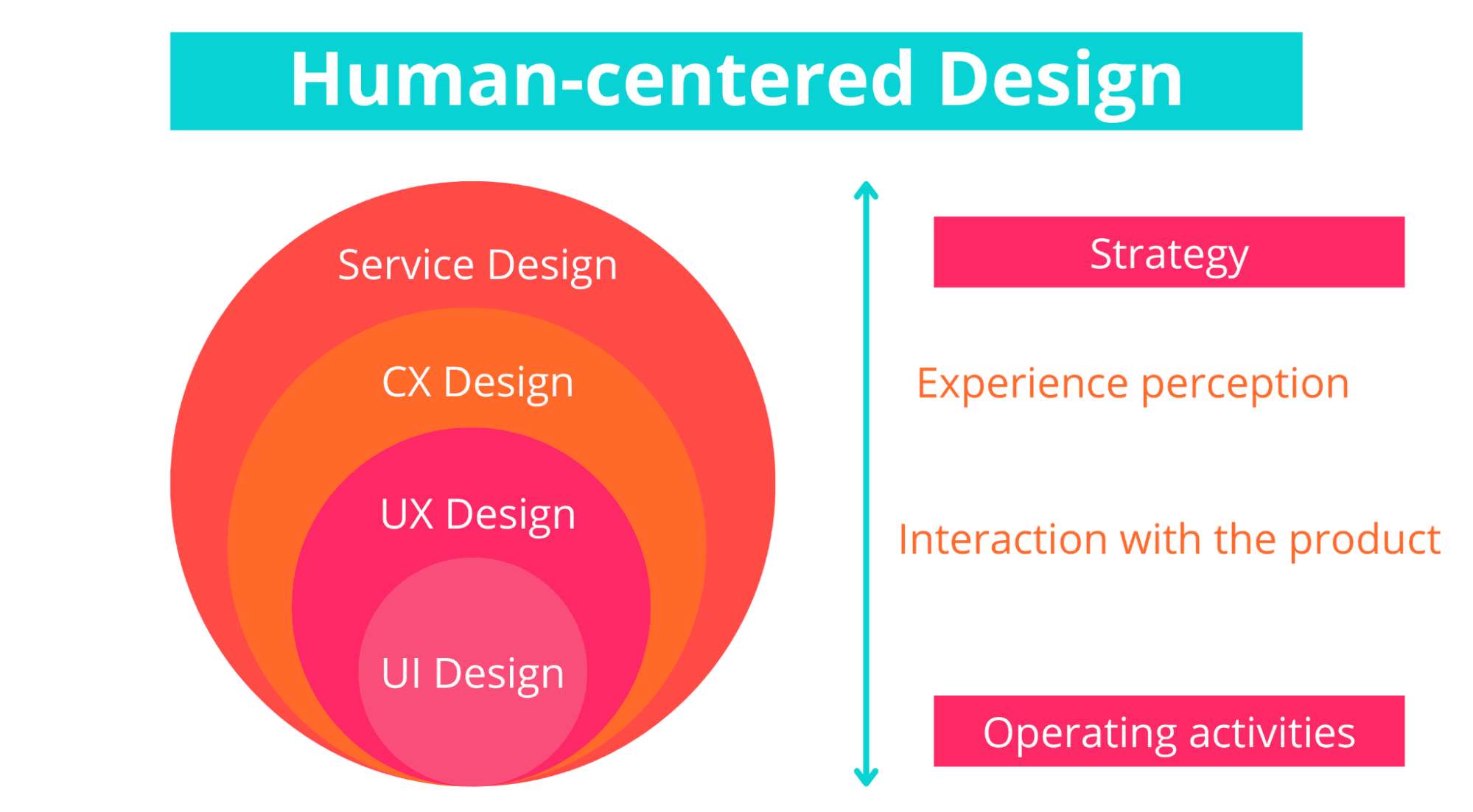
Importantly, in the case of CX, these are not only interactions related to the product or technology! They concern a broader dimension of the organization's activities: marketing, advertising, sales, pricing strategy, customer service, or even product delivery. These interactions accompany customers from making a purchase, through using the product, to watching your ads.
Let's treat the average response time to customer inquiries as an example. The manner of communication, courtesy, and empathy are the elements of an optimized Customer Experience. Another example may be well-thought-out storytelling campaigns, with which customers can identify, such as body-positive Dove campaigns or heart-warming Heathrow Airport's Christmas communication.
How can you measure Customer Experience?
There is a variety of Customer Experience measuring techniques. You may want to focus on web tracking and analytics, or examine product experience insights. Metrics related to customer onboarding or services will also give you great insights into your CX rates.
The most commonly used metrics for the overall customer experience are:
- Net Promoter Score (NPS),
- Customer Effort Score (CES),
- Customer Satisfaction Score (CSAT).
Whichever measure you'll focus on before, start with mapping your customer journey to visualize users' experience. It'll help you gain a deeper understanding of your customers and act as a bridge between businesses and buyers.
What is Customer Experience Optimization?
You already know that CX represent a holistic relationship between your customers and various aspects of your business activity. Customer experience optimization aims at giving clients what they want and expect within the bounds of your business possibility (and financial capacities).
In order to optimize your Customer Experience, you must discover all touchpoints between users and your brand. Use customer journey mapping tools to visualize this path. Customer experience optimization relays on responding to client's needs and making those responses as efficient and beneficial as possible.
Customer Experience (CX) vs User Experience (UX)
I get that this whole UX/CX mumbo-jumbo might be a bit confusing, but don't sweat it. I'm here to help you understand the distinction between those two.
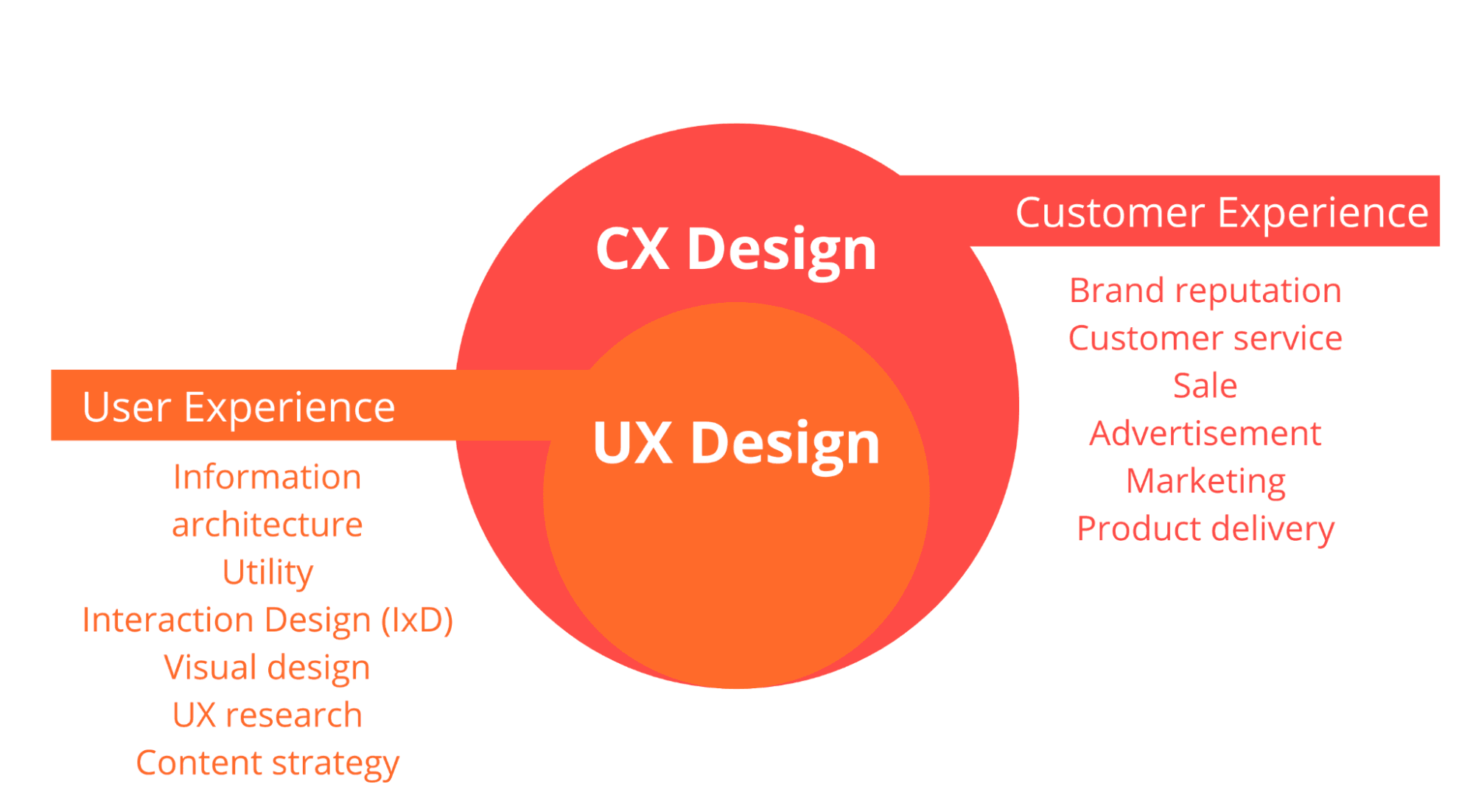
You need to remember one thing: User Experience (UX) is just a small portion of activities that fit in the definition of Customer Experience. UX focuses on a single touchpoint between your product and its users, like a website or app. Thus, in terms of usability, we tend to treat it as an important part of CX. In turn, Customer Experience covers all channels on the customer's journey and comprehensive interactions. Think conversations with customer service, meetings with sales, ads displayed on the web, or communication on social media.
How to optimize Customer Experience?
In order for Customer Experience Optimization to work, you need to understand the behaviors and motivations of your clients. Here's how to do it:
1. Gather customer feedback
When it comes to effective Customer Experience Optimization, there's no room for guessing games. Ask your users directly how they feel about your product.
2. Map (real!) customer journeys
People have the tendency to romanticize customers' behaviors and blindly believe that they act exactly as planned. Well, no. So always remember to base your customer journeys on actual data!
3. Find and understand users' pain points
With (genuine) customer journeys mapped, you'll find spots of users' frustrations in no time. Watching their visits – whether with visit recordings or heatmaps – will help you understand the sources of those pain points.
4. Implement quick wins
The “go big or go home” principle is inadequate here. Based on your observations, implement minor changes (quick wins) and test them continuously.
5. Translate conclusions into a replicable process
In order to succeed, you need to present the same level of customer experience optimization across all touchpoints. Creating repeatable processes based on one area's success will help you achieve it.
Customer Experience Optimization Tools
It's wise to back your customer experience optimization efforts on smart tools. Here's an overview of some software that may help improve your CX.
cux.io
By combining quantitative data (telling you “HOW MUCH of smth is happening?”) with qualitative data (answering the question “WHY is smth happening?”), CUX is one of the best tools for customer experience optimization.

Experience Metrics detect users' frustration indicators and check their impact on achieving your business goals. If they reach an alarming level, you can examine customers' behaviors with pre-selected heatmaps and visit recordings.

Conversion Waterfall let you thoroughly map different customer journey scenarios and track all the drops along the way. This way, you'll be able to not only analyze REAL journeys but also understand users' pain points.
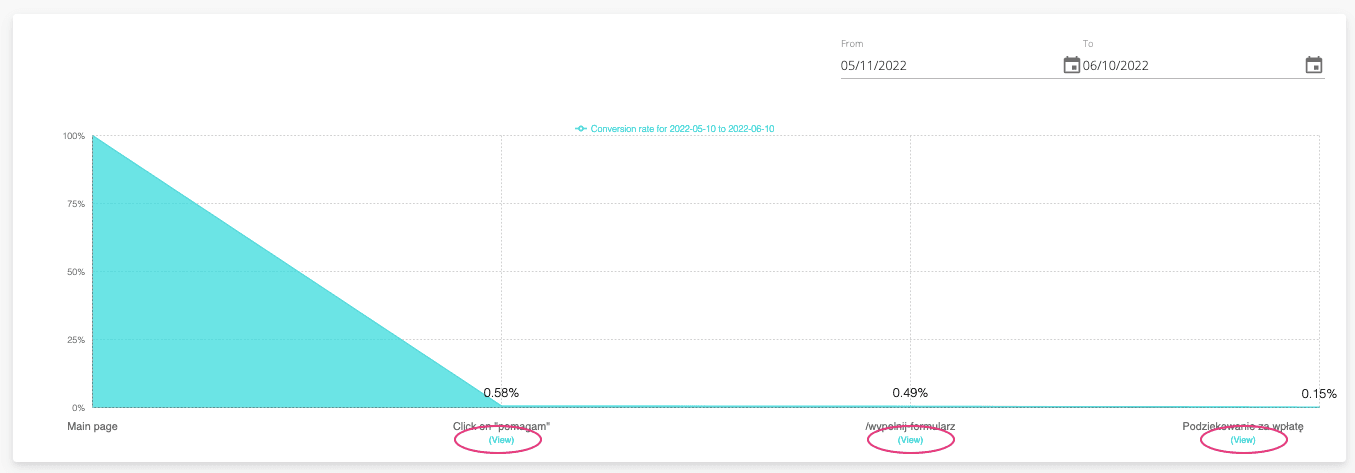
Google Analytics / Google Optimize
Using the most popular analytical tool – Google Analytics– for customer experience optimization gives you access to quantitative metrics like users' demographics, graphical visualization of how users behavior on-site, custom funnels, and measuring the impact of your optimization efforts.
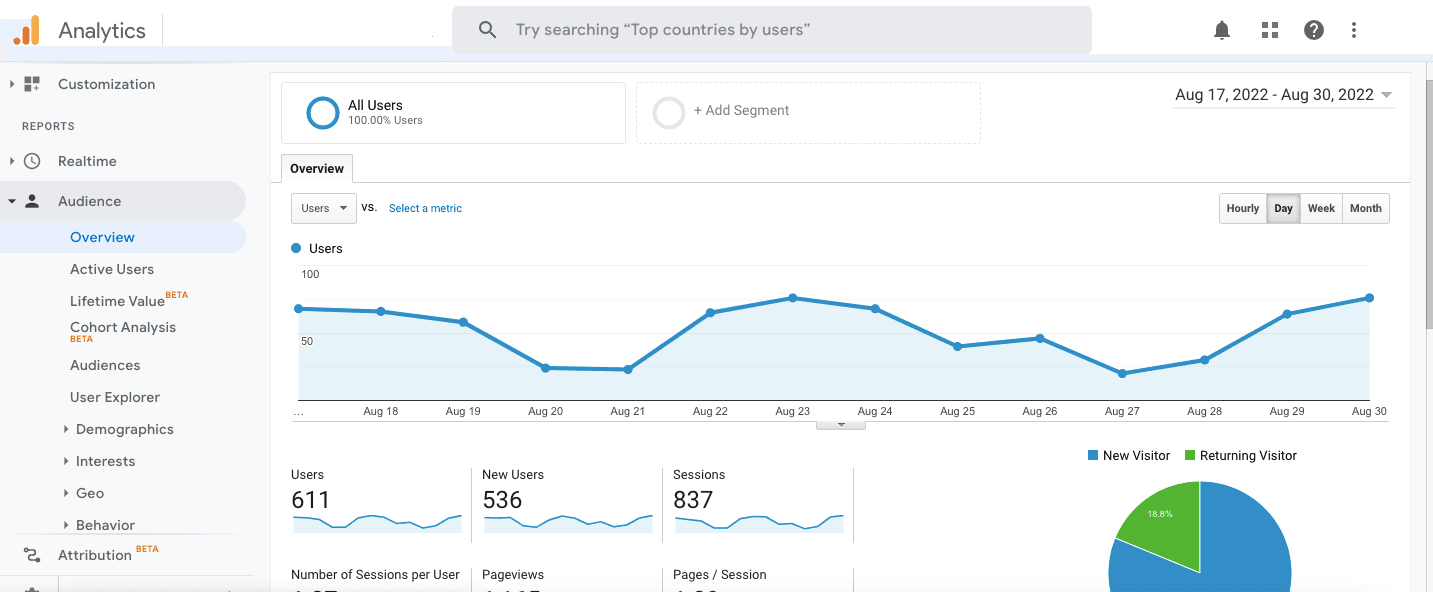
If you'll combine this data with Google Optimize A/B testing, you'll be able to monitor website usability optimization. With this knowledge, you'll be onto tailoring your content to different audience needs.
Hotjar
Hotjar lets you track what your users do on your website or web app and visualize it with heatmaps, session replays, and feedback-gathering surveys. It's the combination of Hotjar's two most efficient features: Observe and Ask tools.

Userpilot
If you'd like to focus your customer experience optimization activities on user onboarding, you should consider Userpilot. The tool lets you automate the whole onboarding process without the need of involving the whole team. Create personalized experiences, track the progress of your customers, and run surveys to learn about your users' experiences.
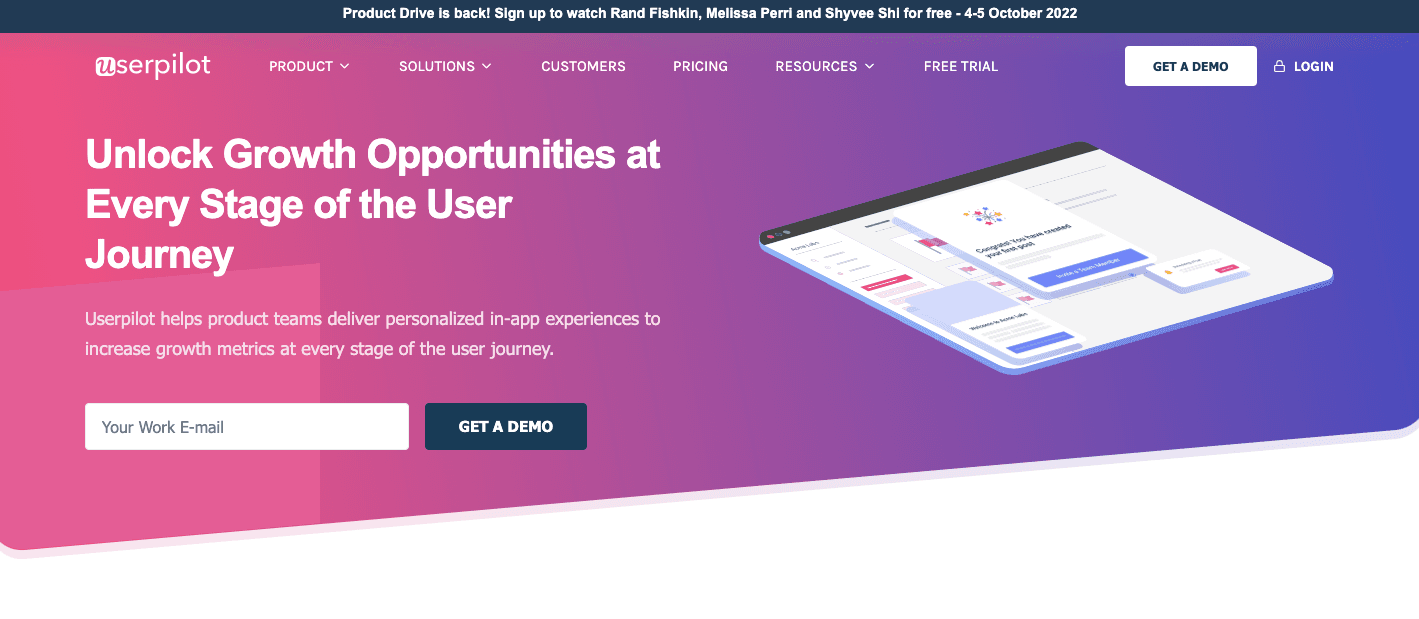
Freshdesk
A part of an excellent customer experience is excellent customer service. Freshdesk – as an omnichannel customer service software – will provide support in your CX optimization duties. The tool uses live chat and chatbots to instantly communicate with customers. You'll also be able to assign support tickets and automatically prioritize customer requests.
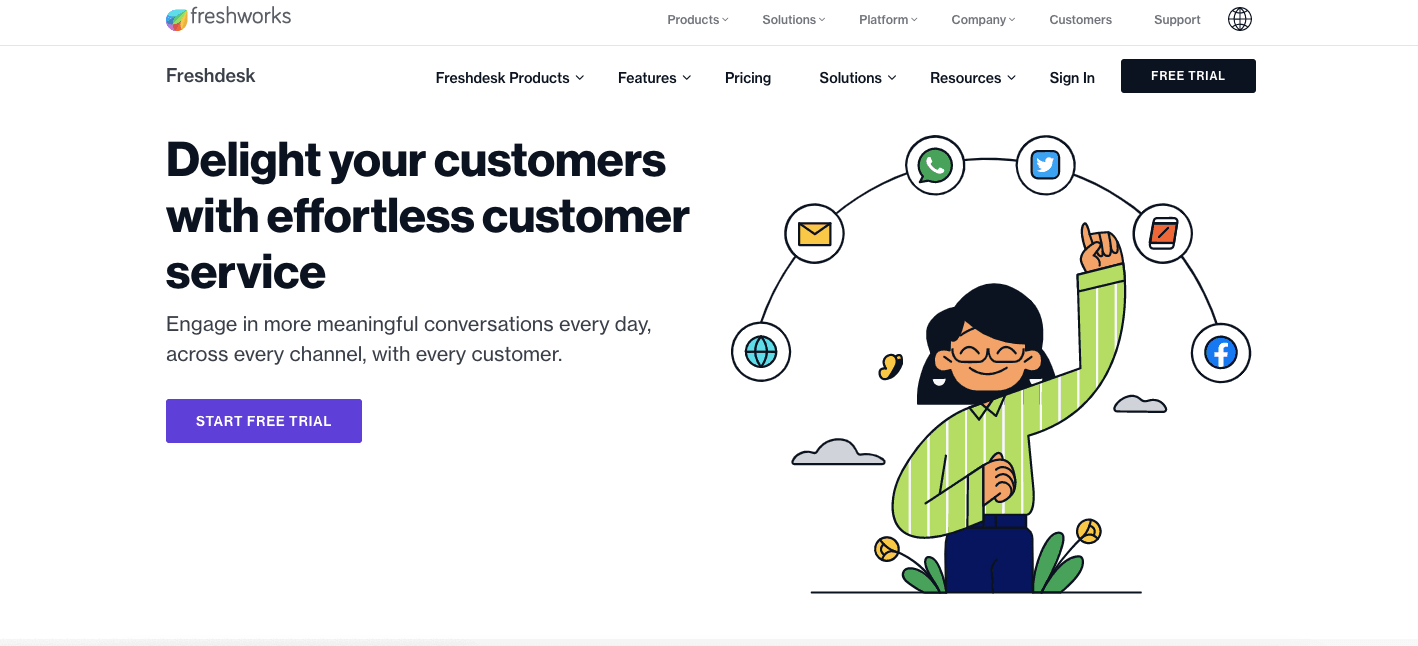
Conclusions
Customer Experience optimization takes time and energy. But with tailored tools, understanding the actual users’ behaviors will be as easy as winking. Remember to start with mapping the customer journey to eliminate misconceptions about users' experiences. Then it should all be downhill.